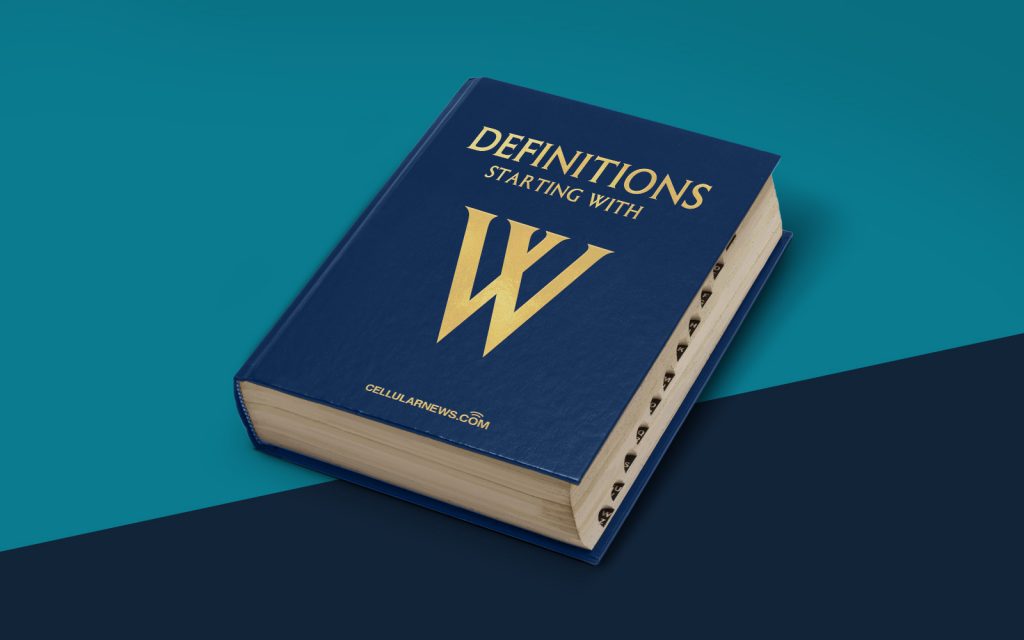
What is Windows Forms?
Are you looking for a comprehensive definition and explanation of Windows Forms? You’ve come to the right place! In this blog post, I’ll provide you with a clear and concise understanding of what Windows Forms is, its purpose, and its importance in software development.
Understanding Windows Forms
Windows Forms, also known as WinForms, is a graphical user interface (GUI) framework developed by Microsoft for creating desktop applications. It serves as the foundation for building visually appealing and interactive applications with ease.
Windows Forms provides a wide range of controls and components that developers can utilize to create feature-rich applications. These controls include buttons, text boxes, menus, and dialog boxes, among others. By leveraging these elements, developers can design interfaces that enable users to interact with the application seamlessly.
Key Takeaways:
- Windows Forms, also known as WinForms, is a GUI framework developed by Microsoft for building desktop applications.
- It provides a collection of controls and components that allow developers to create visually appealing and user-friendly interfaces.
The Importance of Windows Forms
Windows Forms has been widely used in software development for several reasons. Here’s why it is so important:
- Easy to use: Windows Forms simplifies the process of creating desktop applications by providing a drag-and-drop interface. Developers can easily design the user interface and wire up event handlers, reducing the time and effort required to develop a functional application.
- Flexible customization: With Windows Forms, developers have extensive customization options. They can modify the appearance and behavior of controls to align with their application’s specific requirements. This flexibility enables developers to create unique and tailored interfaces.
- Backward compatibility: Windows Forms is compatible with previous versions of Windows, ensuring that applications developed using this framework can run on older operating systems. This compatibility is crucial for businesses and organizations that have not yet migrated to the latest Windows platform.
Overall, Windows Forms offers developers an efficient and convenient way to create desktop applications. Its user-friendly interface design and flexibility make it a popular choice among developers.
In Conclusion
To sum it up, Windows Forms is a GUI framework developed by Microsoft for building desktop applications. It provides a plethora of controls and components for creating visually appealing and user-friendly interfaces. Its simplicity, customization options, and backward compatibility make it a valuable tool for developers. So, if you’re considering developing a desktop application, Windows Forms is definitely worth exploring.
